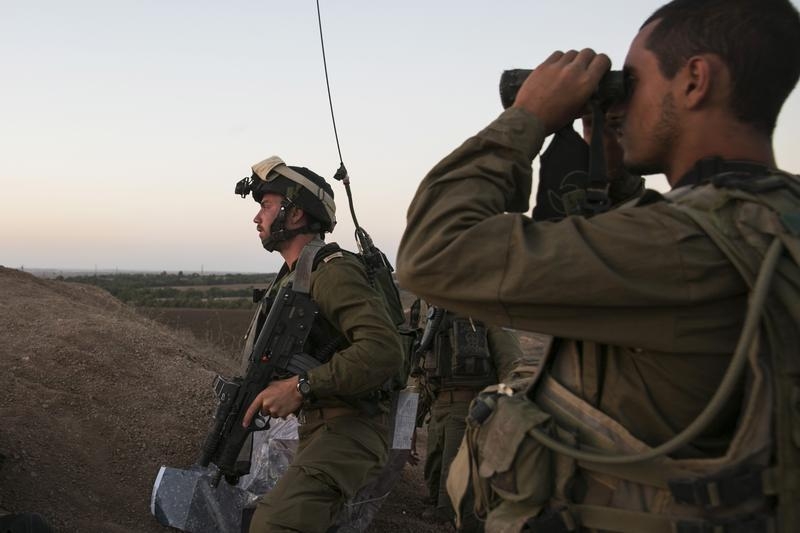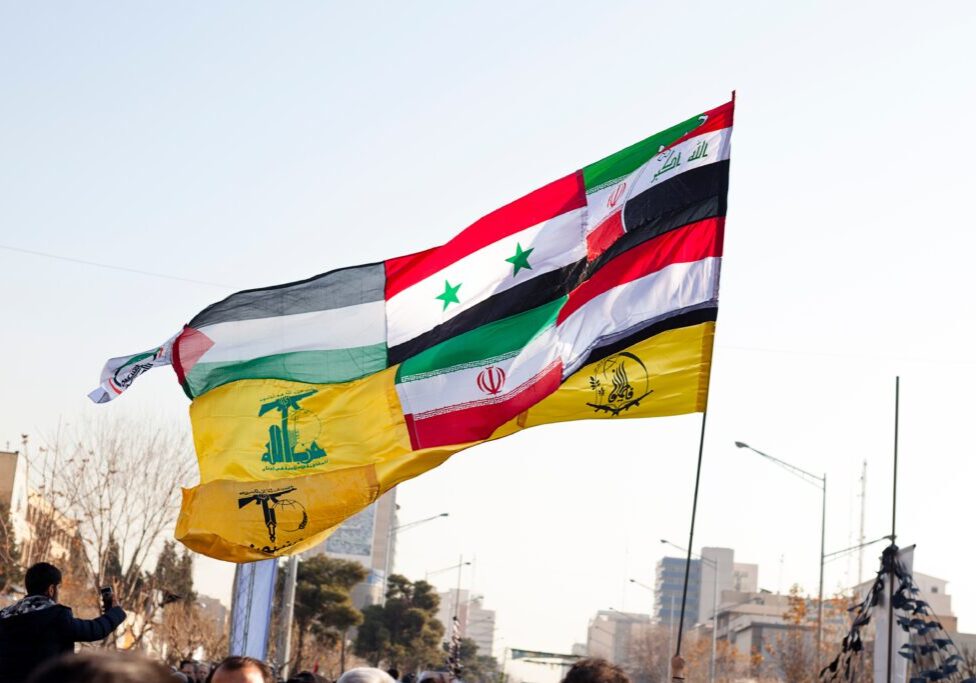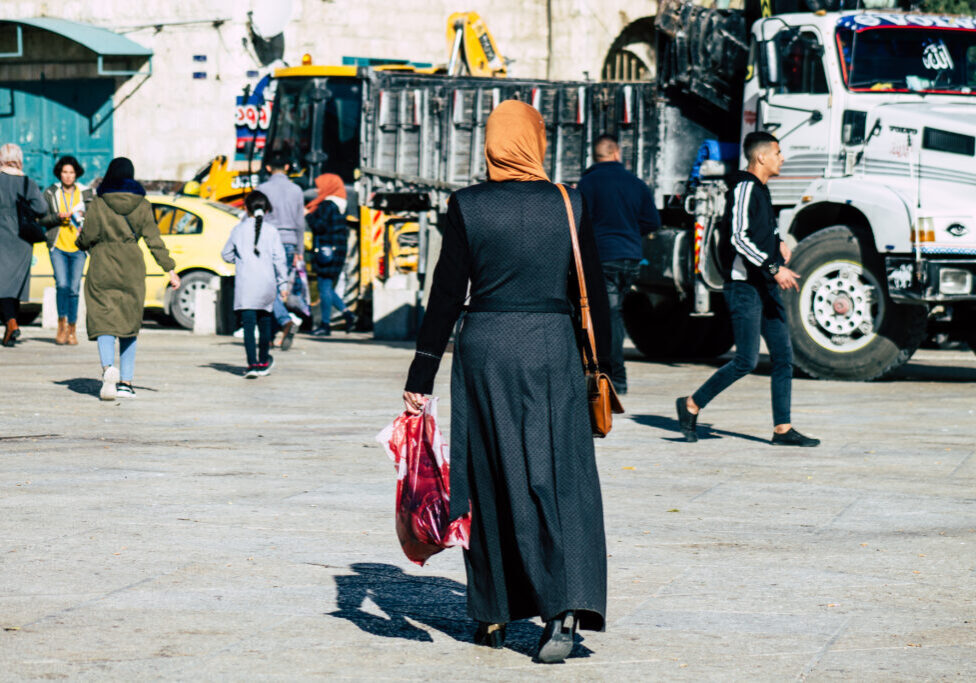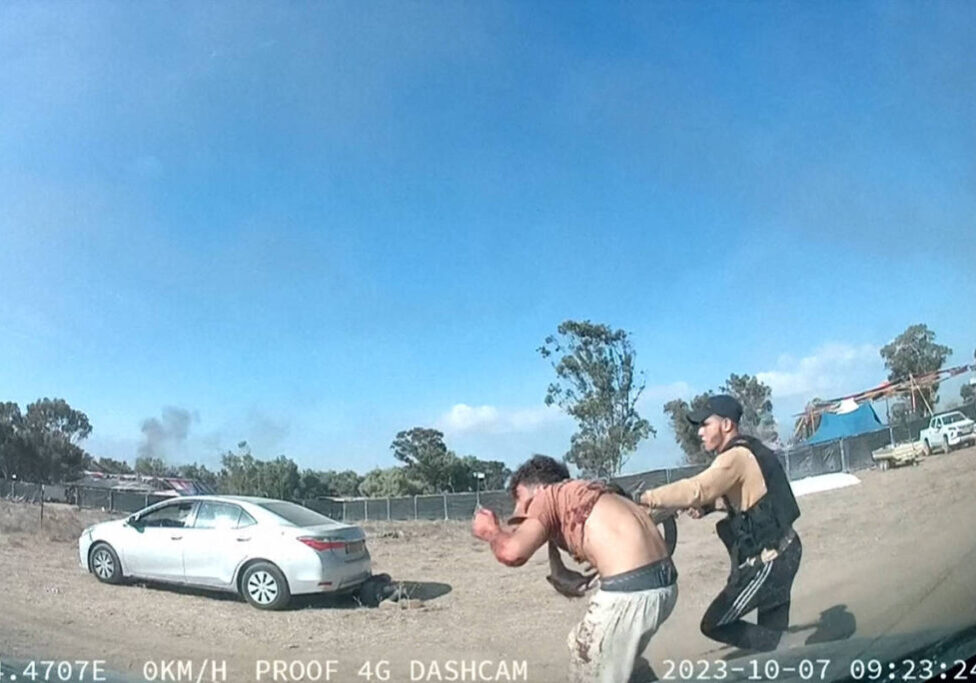Australia/Israel Review
The Watchers on the Border
May 9, 2018 | Yoav Zitun

Yoav Zitun
From an air-conditioned operations room with many big screens, the IDF’s Gaza Division observers have been managing one of the more complex tasks the Southern Command has faced amid Hamas’ border fence protests campaign over the recent weeks – identifying suspects coming near the border fence.
The IDF observers have to make the distinction between armed terrorists, primary instigators of riots, uninvolved protesters, shepherds and unarmed Palestinians crossing the border in search of work or seeking to get caught. The troops on the ground, who are stationed along dirt mound embankments facing the border fence, have limited line of sight. They are therefore assisted by the observers, who regularly monitor the border but now have had to step up their game to prevent thousands of Palestinians from crossing into Israel. Over the past four months, the IDF observers have had to contend with explosives being planted near the border fence; armed terrorists making their way to the border; instigators trying to sabotage the border fence and enter Israel; and on top of all of that, criticism – mostly unjustified – about their supposed role in operational failures that allowed Palestinians to infiltrate Israel.
“I don’t think we have had operational tensions this intense here since [Operation] Protective Edge [in 2014]” Lt. Kerem Aviner, a Gaza Division observer officer, told Ynet.
“The soldiers on the ground see things from a very specific angle, and the observer can see the entire area, she can identify who is dangerous and who isn’t. Our recommendations to the forces help determine who to open fire on and who not to. The force doesn’t shoot of its own volition. There were instances in which the force had someone in the crosshairs, but didn’t shoot – and not just during the rioting,” she explained.
Lt. Aviner helped thwart a terror attack on the night of April 4, when a terrorist armed with an AK-47, grenades and an explosive belt was spotted by IDF observers advancing toward the border fence under the cover of darkness.
The observers called Armoured Corps and Golani Brigade forces to the scene, and they closed off the area. After five hours of monitoring the terrorist, he was eliminated by an IAF aircraft.
“Us telling the forces he was a terrorist did not come easy, only after monitoring him and observing him for an extended period of time, analysing his movements… and re-examining the camera’s angle. He jumped and rolled and did not appear innocent,” Lt. Aviner explained.
“We’re called ‘the country’s eyes,’ but only when you come here do you realise how true that is. We advise the fighting forces where to take position, and we know how to direct fire from tanks, aircraft and infantry forces,” Lt. Aviner continued.
Some four months ago, the Gaza Division’s Northern Brigade observers received praise from the sector’s commanders after one of them identified two Palestinians nearing the border fence with a horse-drawn wagon. The two stopped some 50 metres from the security fence, where they carried out some actions that appeared suspicious. Identifying them as terrorists was not easy, as thousands of Palestinians from the Saja’iyya neighbourhood were rioting nearby.
“There was no suspicious movement [beforehand], but I still directed the camera at that spot,” Cpl. Gal HaLevy, an observer who worked on that shift, recalled in a conversation with Ynet, “I noticed it was unusual, and I insisted the suspicious spot near the barbed-wire… be checked by [Israeli] forces.”
Several days later, the IED discovered there was blown up in a controlled explosion. It was a powerful device meant to kill soldiers operating along the border fence.
In early April, HaLevy’s friend identified two terrorists advancing towards the border fence near the Zaytun Quarter. Minutes after the terrorists opened fire, the observer’s directions allowed a Golani force in the field to eliminate the two terrorists with no casualties on the Israeli side.
In between these incidents, the Gaza Division’s observers worked to identify the main instigators at the heart of the rioting on the Gaza border, as well as Palestinians who were climbing electricity poles in an effort to sabotage military infrastructure near the border.
Corporal Omer Kaplan is in charge of the Bureij sector in the centre of the strip, where quite a few Palestinian workers try to cross the border in order to enter Israel illegally.
“We’re required to be sharper, because anything can happen under the cover of the crowds,” she said.
Cpl. HaLevy said, “At first I didn’t want to do this job, but only when you get here do you understand the great significance it has, and it gives you a feeling that’s hard to describe. We know that human lives will be harmed or saved because of our work.”
Reprinted from Ynet.com, the online edition of the Israeli daily Yediot Ahronot. © Ynet.com, reprinted by permission, all rights reserved.
Tags: Hamas






